Medically Reviewed by Dr. Lisa Hartford, MD
Walk into any dermatologist’s office or scroll through beauty TikTok today and you’ll find two phrases stealing the spotlight: collagen banking and PDRN. They sound almost clinical—like terms borrowed from a biotech lab rather than a beauty counter—but both speak to one of the most pressing concerns for anyone over 40: how to keep skin firm, luminous, and resilient as the years advance.
For Evenskyn readers—whether you’re already using at-home devices to keep your skin taut, or you’re simply curious about what’s next in anti-aging—this conversation couldn’t be timelier.
The Banking Metaphor That Stuck
“Collagen banking” isn’t a phrase you’ll find in a medical textbook. It’s marketing shorthand, born from dermatology clinics and quickly adopted by beauty journalists, to describe something simple but powerful: the idea that the earlier you stimulate and protect your collagen, the better your skin will look in the decades ahead.
Just as you might deposit into a savings account for retirement, collagen banking asks you to “invest” in your skin now—through SPF, retinoids, peptides, red-light therapy, and occasional in-clinic treatments—so that you’re not left with depleted reserves later.
It’s not a guarantee of eternal youth. But it reframes skincare as proactive, not reactive. And for women and men in their fifties, sixties, or beyond, it’s a reminder that the work you do today still matters.
Enter PDRN: From Salmon DNA to Skin Regeneration
If collagen banking is the savings account, PDRN (polydeoxyribonucleotide) is the high-yield investment.
PDRN, often sourced from salmon DNA, began life in the medical world—not the beauty aisle. Doctors studied it for wound healing, discovering that fragments of DNA could encourage skin cells to repair themselves, quiet inflammation, and even stimulate new collagen production.
In the past few years, this science has spilled over into aesthetics. Clinics in Europe and Asia now use PDRN injections (sometimes called “skin boosters”) to improve elasticity and fine lines, while topical PDRN serums are marketed as post-procedure soothers after microneedling or laser.
Think of it as fertilizer for the skin’s renewal process: not replacing what’s lost, but helping the skin heal and rebuild more efficiently.
What the Evidence Really Says
Here’s where things get interesting—and where a clear-eyed look is necessary.
-
The strongest data still comes from wound healing: burns, ulcers, and surgical scars responding faster with PDRN. That makes the anti-aging leap plausible.
-
Early cosmetic studies—some comparing microneedling with PDRN against microneedling with platelet-rich plasma—suggest smoother skin, shallower wrinkles, and better hydration in the PDRN groups.
-
New preclinical research (published as recently as 2024) shows PDRN combined with hyaluronic acid or in hydrogel formulations reducing UV damage and supporting fibroblasts, the skin’s collagen factories.
Encouraging? Yes. Definitive? Not yet. Most of these trials are small, with short follow-up. PDRN is promising, but it hasn’t reached the same evidence threshold as retinoids or lasers.
Regulation and Reality Checks
For North American readers, clarity is essential:
-
Injectable PDRN skin boosters are not FDA-approved in the U.S., and in Canada they remain regulated as drugs or medical devices.
-
Topical formulations may exist in the cosmetic category, but oversight is limited.
-
Exosomes, often mentioned in the same breath as PDRN, are even earlier in their regulatory journey. Neither FDA nor Health Canada has approved exosome-based products for consumer use.
That doesn’t make the science meaningless. It simply means you should approach with curiosity and caution: ask where a product comes from, who’s administering it, and whether it’s legally cleared in your country.
Where Collagen Banking Meets PDRN
So how do the two ideas intersect?
Picture this:
-
You’ve already committed to SPF 50 daily, a nourishing nighttime retinoid, and perhaps an at-home radiofrequency or red-light device to gently stimulate collagen.
-
You undergo microneedling or fractional laser at a clinic to jumpstart deeper remodeling.
-
Here’s where PDRN could come in—applied topically afterwards, or injected by a licensed physician in markets where it’s permitted—to help your skin recover faster and hold on to that new collagen longer.
In this sense, PDRN isn’t a replacement for the basics of collagen banking. It’s an adjunct, an amplifier, one more tool in the growing regenerative toolbox.
The Takeaway for Mature Readers
If you’re in your 50s or 60s and feeling overwhelmed by new skincare buzzwords, here’s what matters:
-
Collagen banking is about long-term discipline—sunscreen, evidence-based actives, and steady habits.
-
PDRN is an exciting newcomer, with regenerative potential backed by early science, especially after procedures.
-
Devices like those from Evenskyn—radiofrequency, red light, microcurrent—remain the accessible, at-home cornerstones of stimulating and maintaining collagen safely.
The future of anti-aging will likely combine all three: consistent daily care, technology-assisted collagen stimulation, and regenerative actives like PDRN.
It’s less about turning back the clock, and more about keeping the skin you love in circulation—healthy, resilient, and ready for the years ahead.
Bibliography
-
Choi, Y.S. et al. Polynucleotides and PDRN in regenerative dermatology. Journal of Cosmetic Dermatology, 2024.
-
Choi, S.Y. et al. Clinical use of PDRN for skin aging and wound repair: a systematic review. Dermatologic Therapy, 2024.
-
Jang, H. et al. Comparison of microneedling with PDRN vs microneedling with PRP for facial wrinkles. Aesthetic Plastic Surgery, 2023.
-
Lim, J. et al. Polydeoxyribonucleotide in wound healing and tissue regeneration: mechanisms and applications. International Journal of Molecular Sciences, 2024.
-
Mayo Clinic. Skin aging: Why it happens and how to slow it down. 2023.
-
Vogue Beauty. Collagen Banking: The Anti-Aging Buzzword Explained. 2025.
-
FDA & Health Canada advisories on exosome and regenerative injectables, 2024–2025.

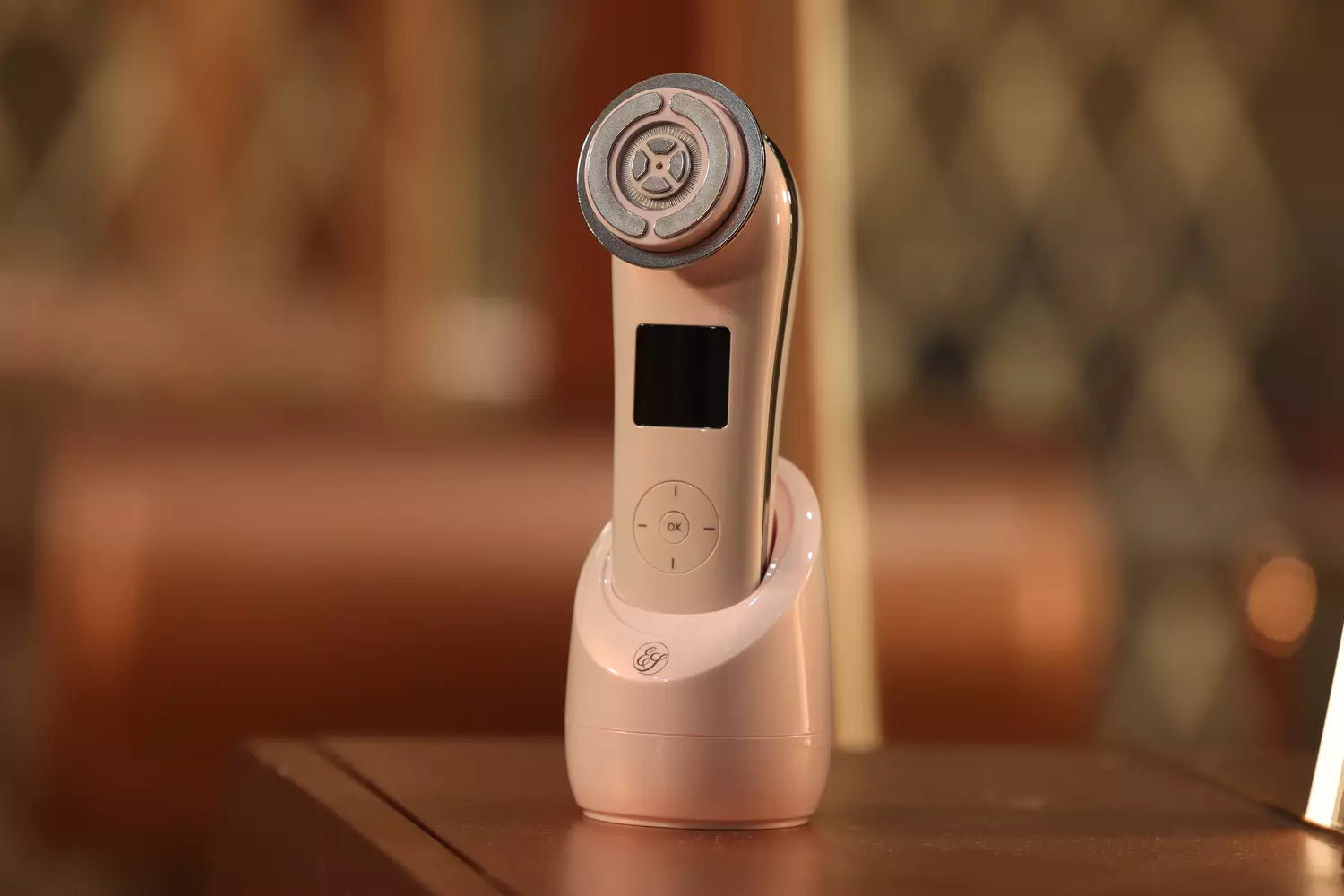
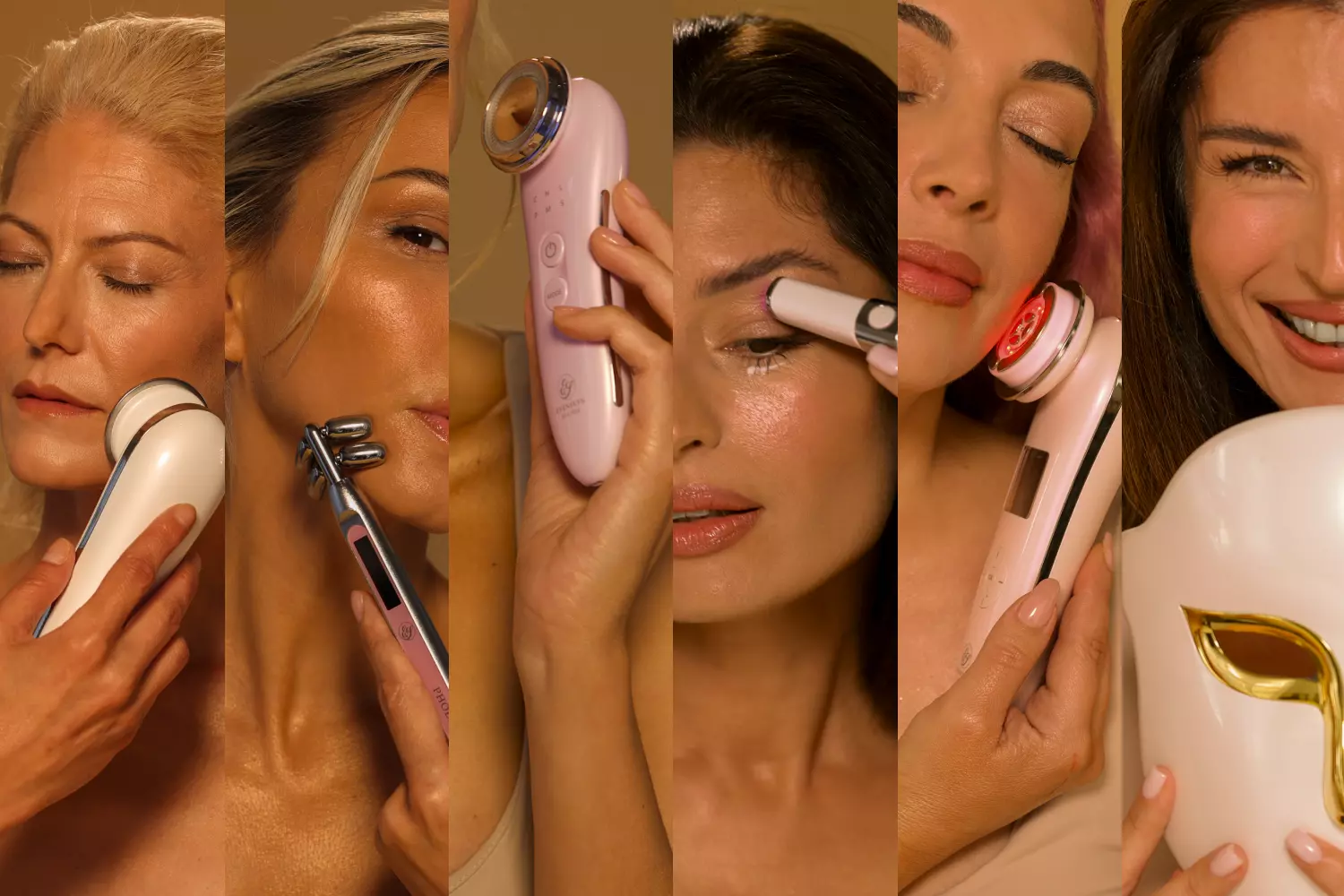
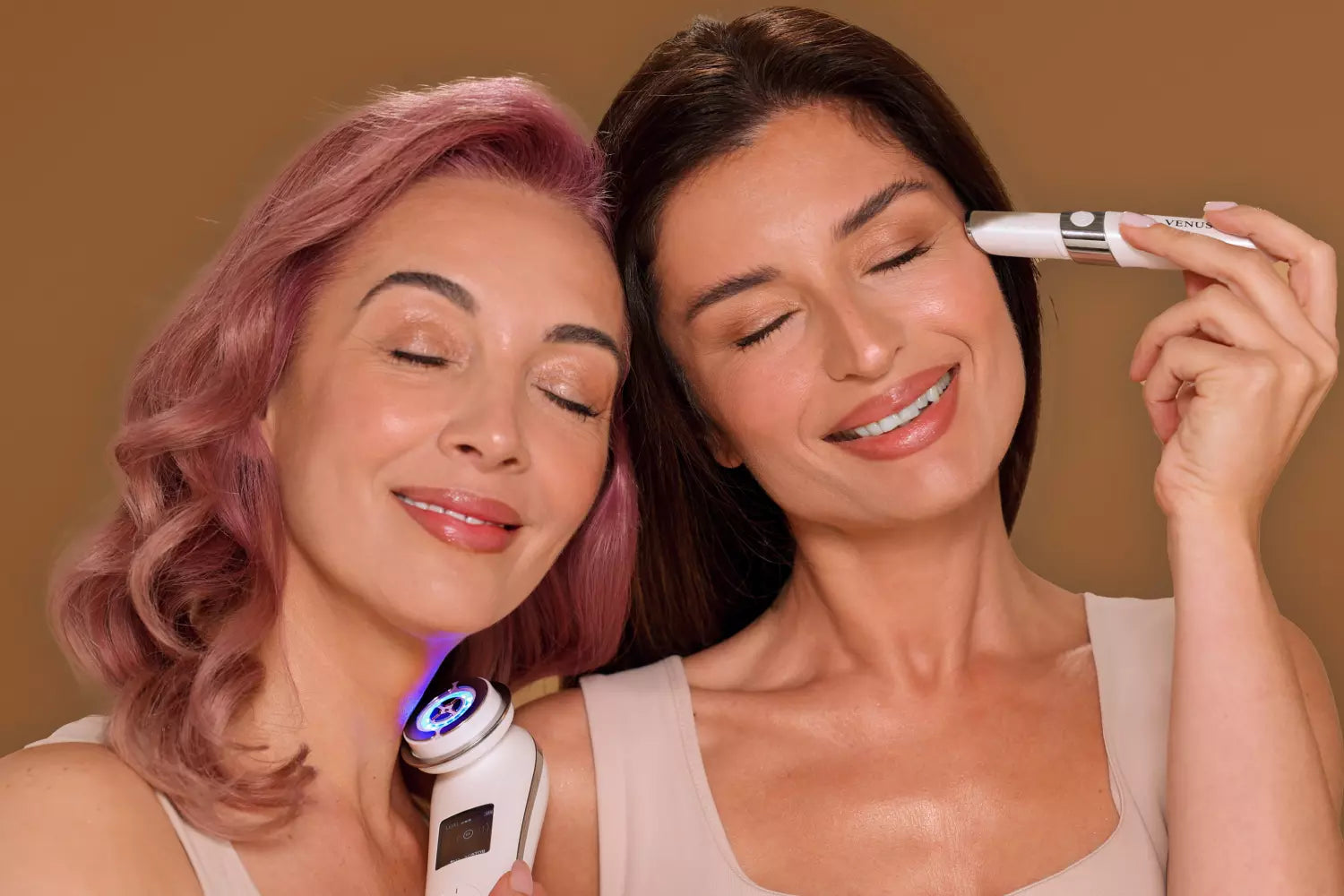
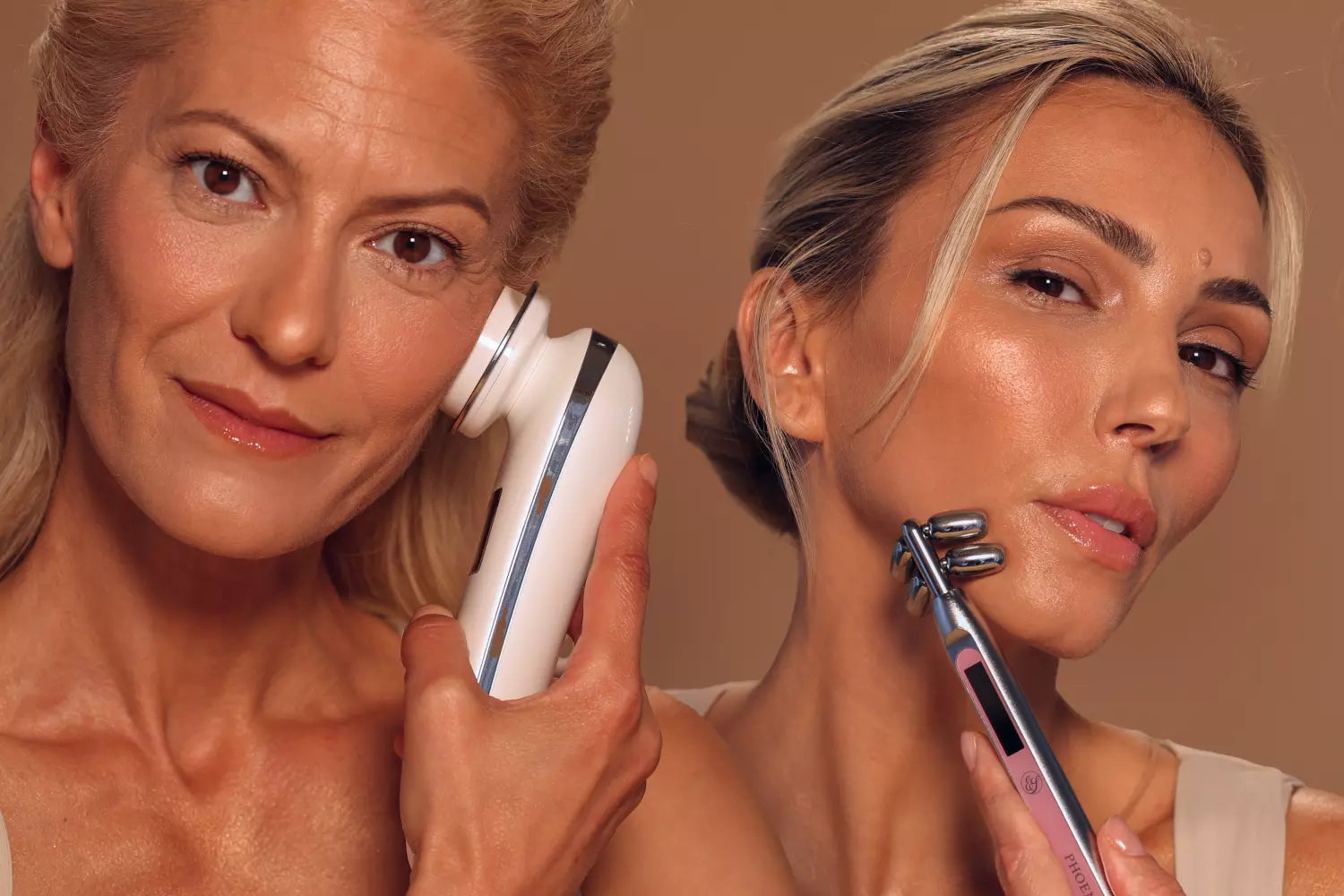
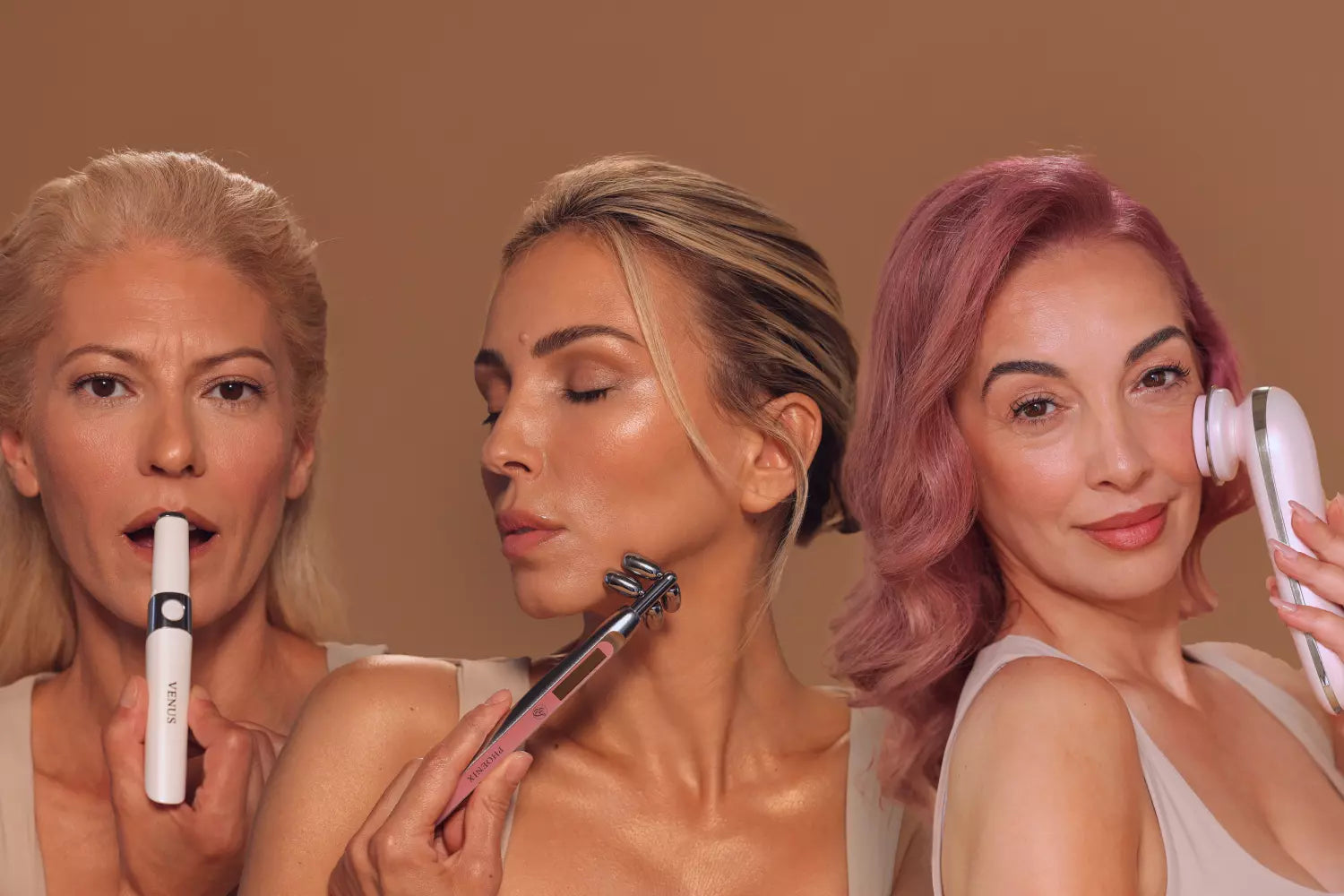

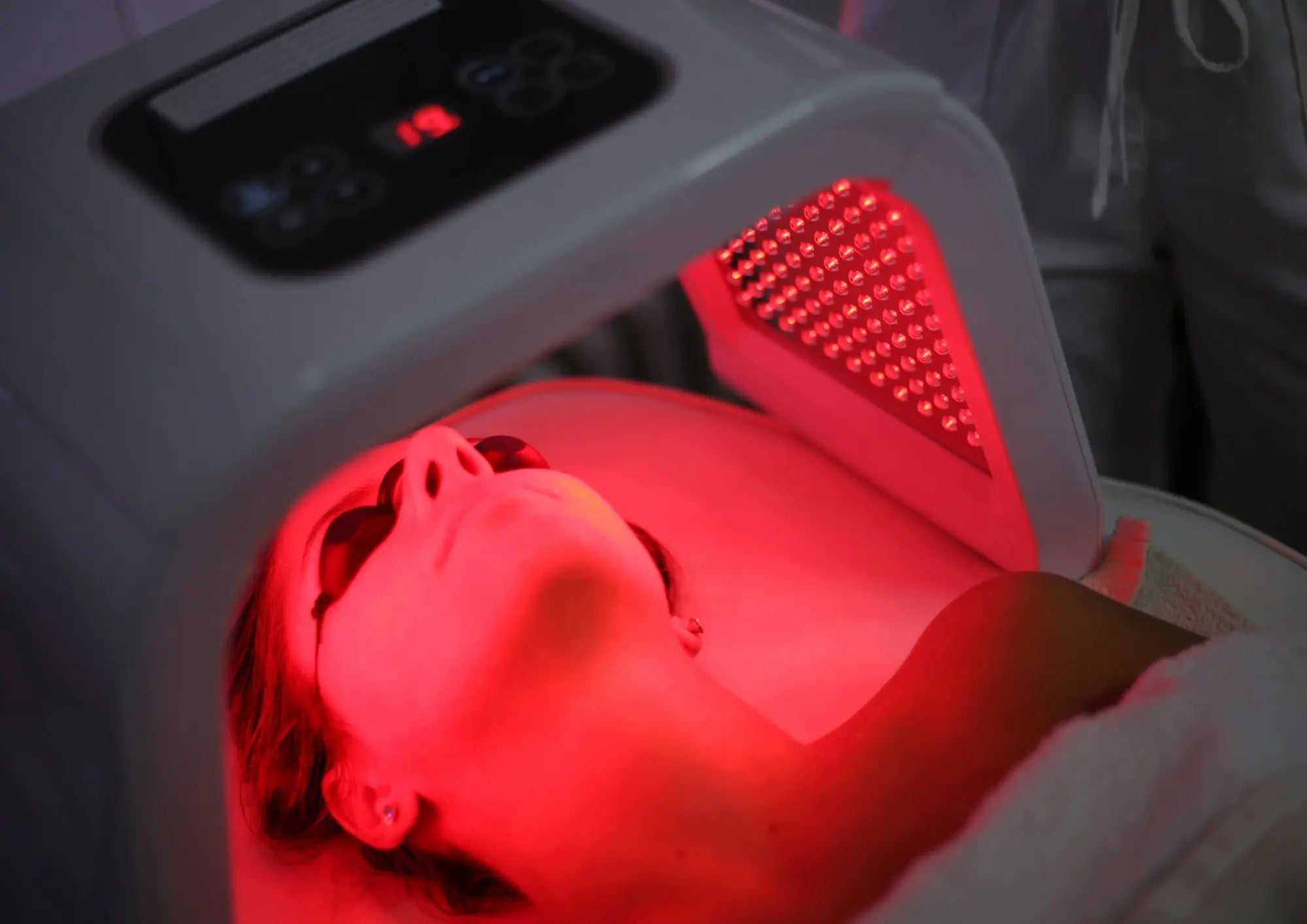
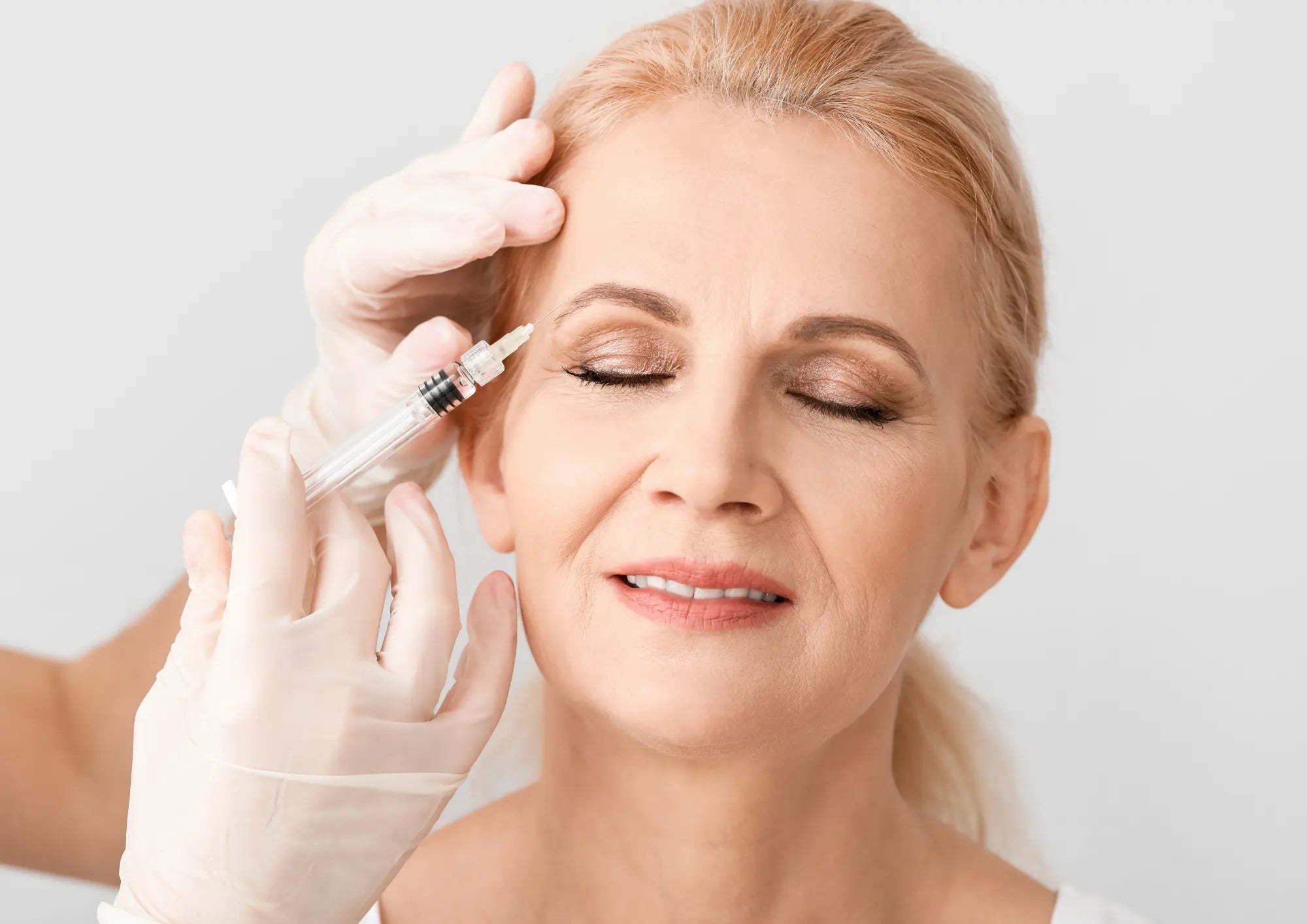
Leave a comment
All comments are moderated before being published.
This site is protected by hCaptcha and the hCaptcha Privacy Policy and Terms of Service apply.